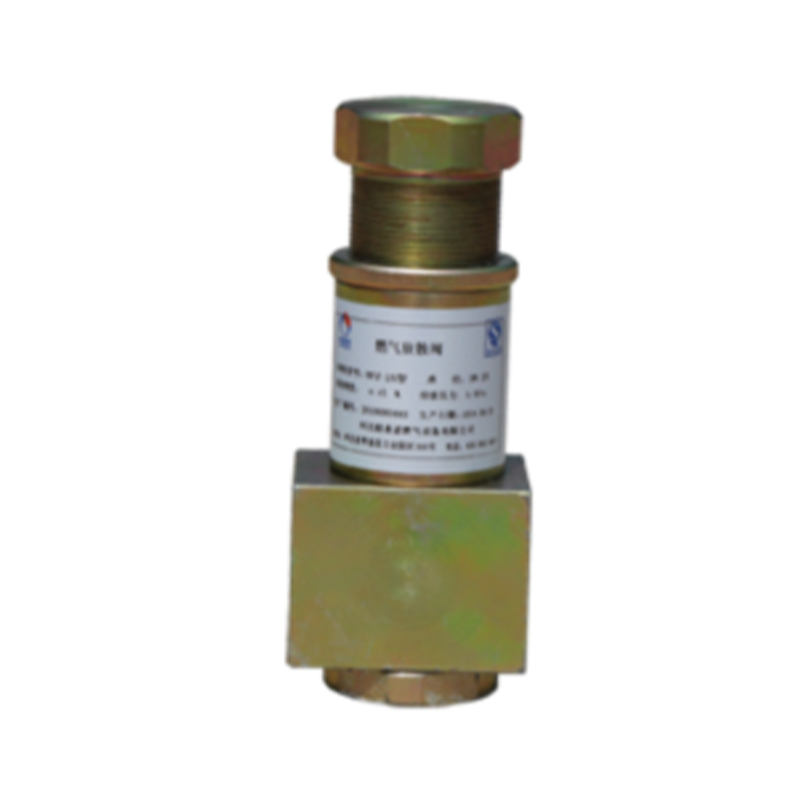
Nov . 21, 2024 20:40
Back to list
gas filtration
Gas Filtration An Essential Process for Air Quality Management
Gas filtration is a critical process used to remove contaminants from gases, ensuring that the air we breathe and the environment we inhabit remains clean and safe. As industrial processes, urbanization, and the burning of fossil fuels contribute to increasing levels of air pollution, effective gas filtration has gained prominence in both environmental management and human health.
The primary goal of gas filtration is to eliminate particulate matter, volatile organic compounds (VOCs), and hazardous gases from the air. These pollutants can have severe consequences for both the environment and human health. For instance, particulate matter (PM) can penetrate deep into the respiratory system, leading to respiratory diseases, cardiovascular problems, and even premature death. On an industrial scale, filters are used to manage emissions from factories, power plants, and various manufacturing processes, significantly reducing the amount of harmful substances released into the atmosphere.
Types of Gas Filters
Gas filtration systems can vary widely depending on the specific application, pollutant type, and scale of operation. Broadly, gas filters can be classified into several categories
1. Mechanical Filters These rely on physical barriers, such as fibers or membranes, to trap dust and particulate matter. Common examples include HEPA (High-Efficiency Particulate Air) filters, which can capture at least 99.97% of particles that are 0.3 microns in diameter.
2. Chemical Filters These filters utilize chemical reactions to remove harmful gases from the air. For example, activated carbon filters are effective in adsorbing VOCs, odors, and other gaseous pollutants, while scrubbers can neutralize acidic gases such as sulfur dioxide (SO2) or hydrogen chloride (HCl) through chemical reactions.
3. Catalytic Filters Catalytic filtration involves passing gas through a catalyst that facilitates chemical reactions to convert pollutants into less harmful substances. These systems are particularly useful for reducing nitrogen oxides (NOx) and carbon monoxide (CO).
4. Biological Filters Utilizing living organisms to filter gas, biological filters can effectively degrade pollutants, making them an eco-friendly option for certain applications. For example, biofilters employing microorganisms can break down complex organic compounds in industrial emissions.
Applications of Gas Filtration
gas filtration

The applications of gas filtration are extensive and span various sectors, including
- Industrial Manufacturing In factories, gas filtration is crucial for capturing emissions and ensuring compliance with environmental regulations
. Advanced filtration systems can significantly lower the concentration of harmful pollutants in the air.- HVAC Systems In building ventilation systems, effective gas filtration improves indoor air quality. Using appropriate filters helps to eliminate dust, allergens, and harmful gases, thereby promoting a healthier living and working environment.
- Automotive Industry Gas filtration systems in vehicles help reduce emissions of harmful gases, particularly through the use of catalytic converters that convert harmful pollutants into less harmful substances before they are released into the atmosphere.
- Environmental Protection Gas filtration systems are instrumental in protecting the atmosphere from industrial emissions. These systems can be tailored to reduce specific pollutants, making them essential for controlling air quality in urban areas.
Challenges and Future Directions
While gas filtration technology has made significant strides, several challenges remain. For one, the efficiency of filters can diminish over time, requiring regular maintenance and replacement. Additionally, some filtration techniques may produce secondary waste products that need to be managed properly to avoid environmental harm.
The future of gas filtration lies in the continuous development of more advanced materials and technologies. Innovations such as nanotechnology, smart filtration systems, and biomimetic approaches that imitate natural processes offer promising avenues for enhancing filtration efficiency. Furthermore, integrating gas filtration with renewable energy sources could lead to more sustainable air quality management practices.
Conclusion
Gas filtration is an indispensable technology in the quest for cleaner air and a healthier environment. As pollution levels continue to rise, the importance of effective gas filtration systems will only increase. By investing in research and development, improving filtration materials, and enhancing public awareness, we can ensure a safer and more sustainable future for generations to come.
Next:
Latest news
-
Safety Valve Spring-Loaded Design Overpressure ProtectionNewsJul.25,2025
-
Precision Voltage Regulator AC5 Accuracy Grade PerformanceNewsJul.25,2025
-
Natural Gas Pressure Regulating Skid Industrial Pipeline ApplicationsNewsJul.25,2025
-
Natural Gas Filter Stainless Steel Mesh Element DesignNewsJul.25,2025
-
Gas Pressure Regulator Valve Direct-Acting Spring-Loaded DesignNewsJul.25,2025
-
Decompression Equipment Multi-Stage Heat Exchange System DesignNewsJul.25,2025

